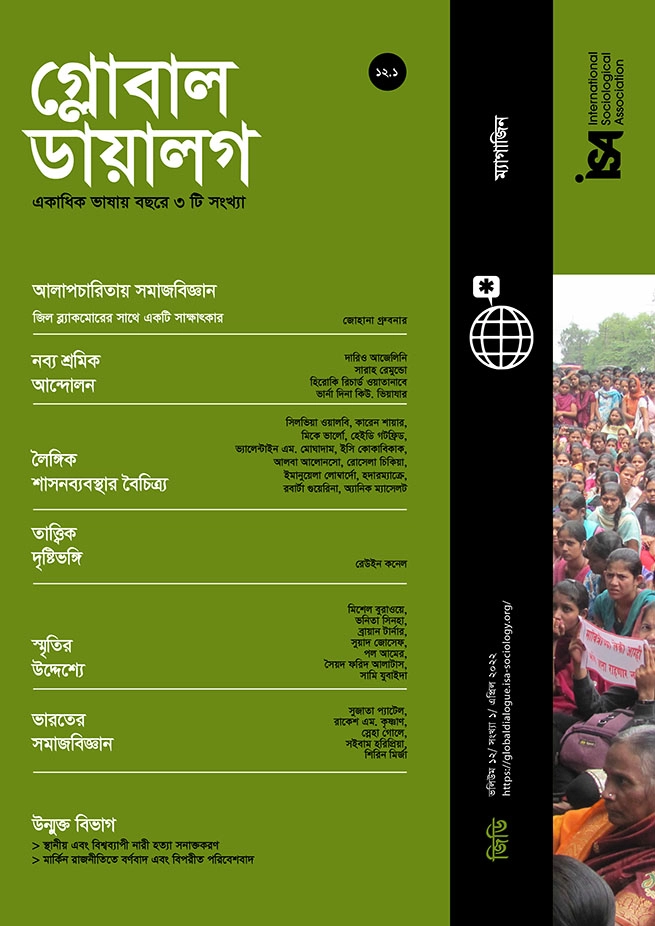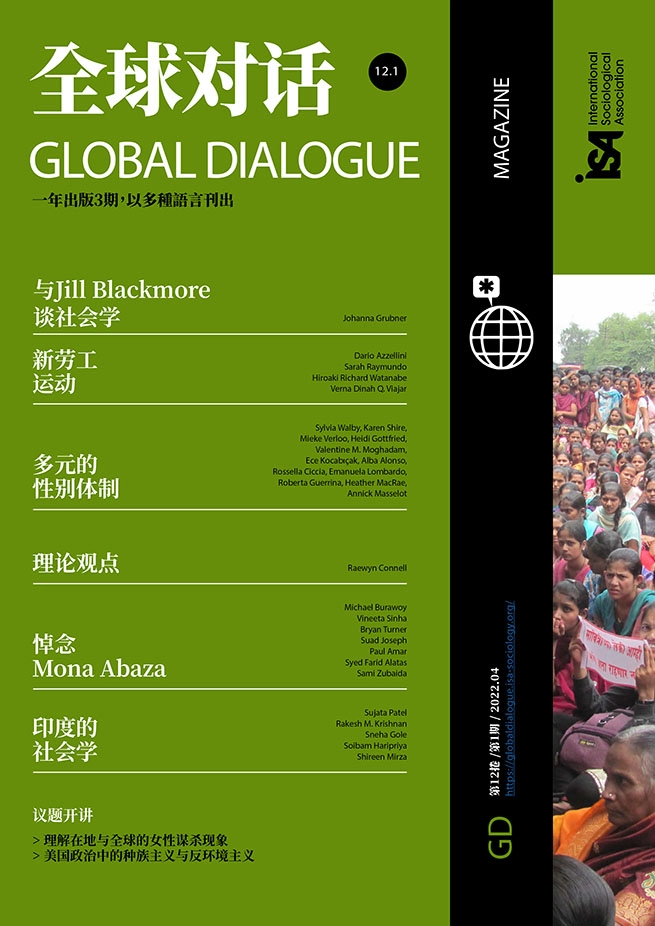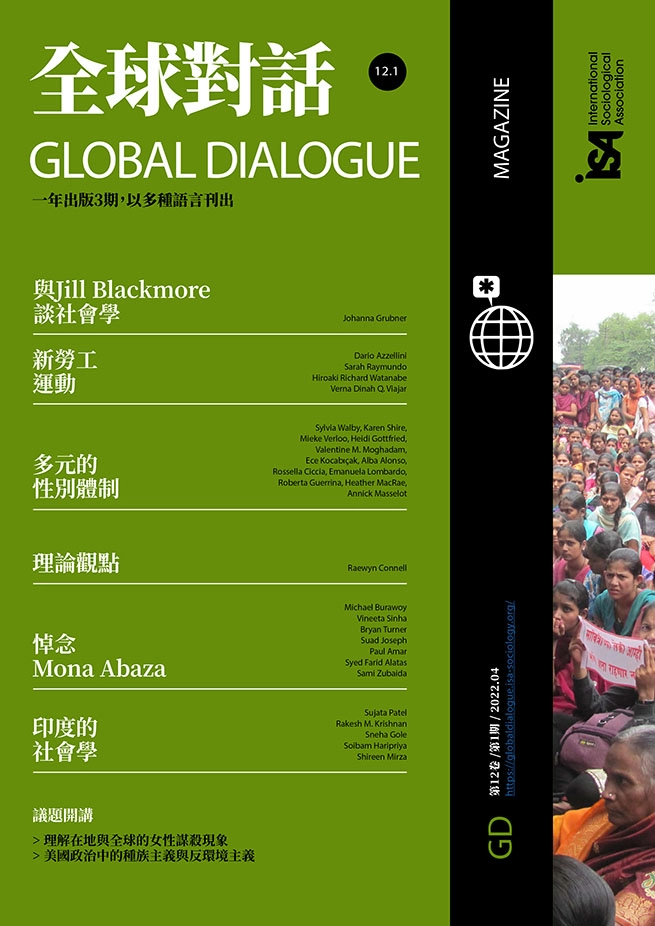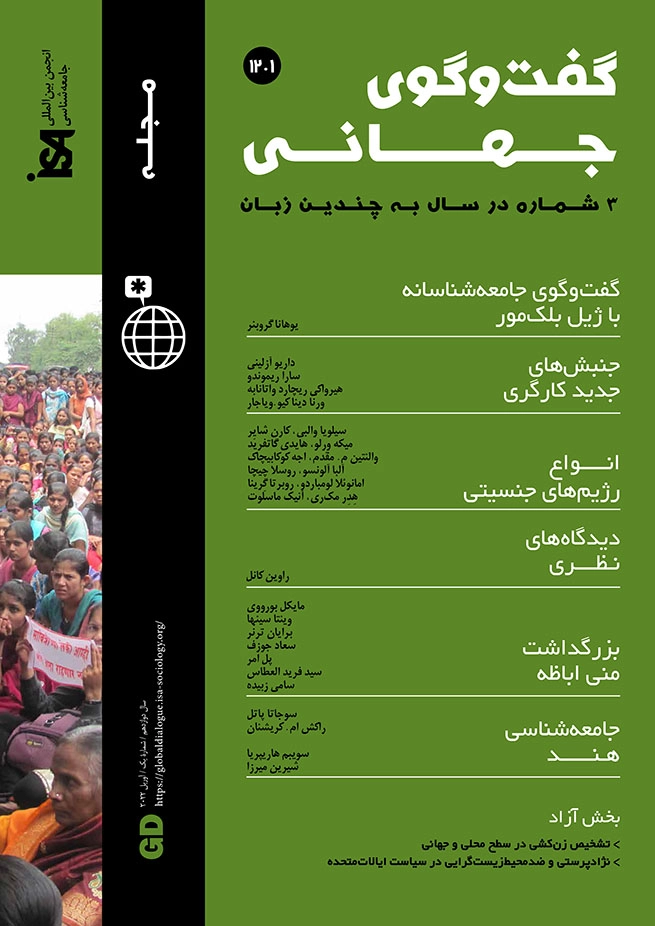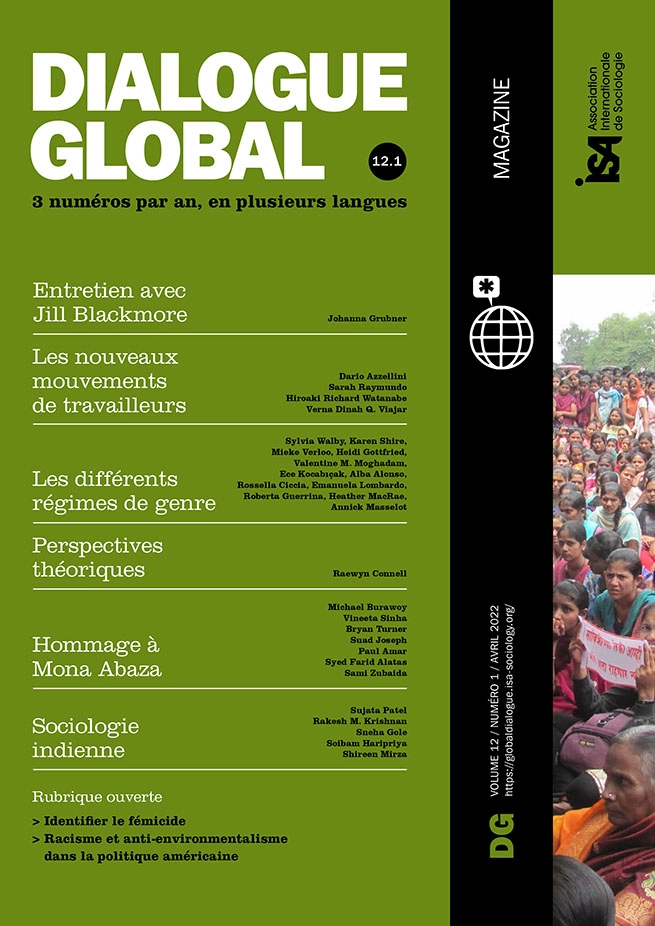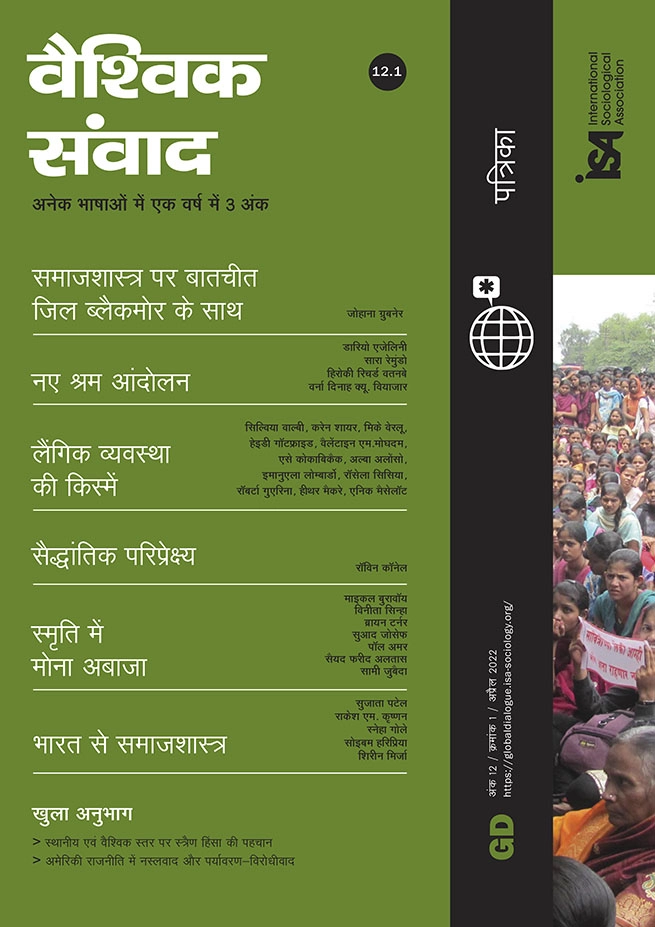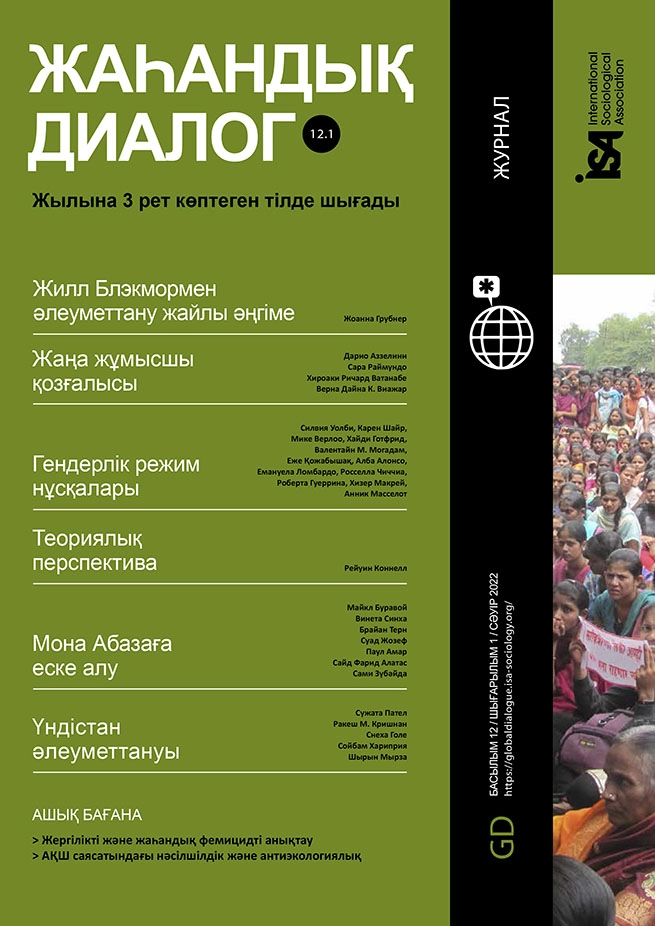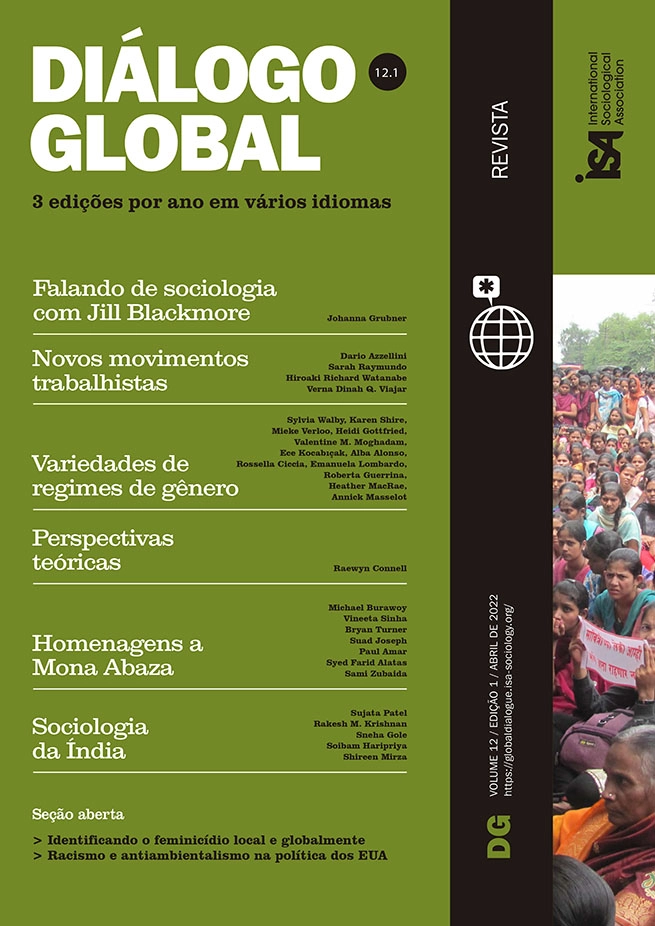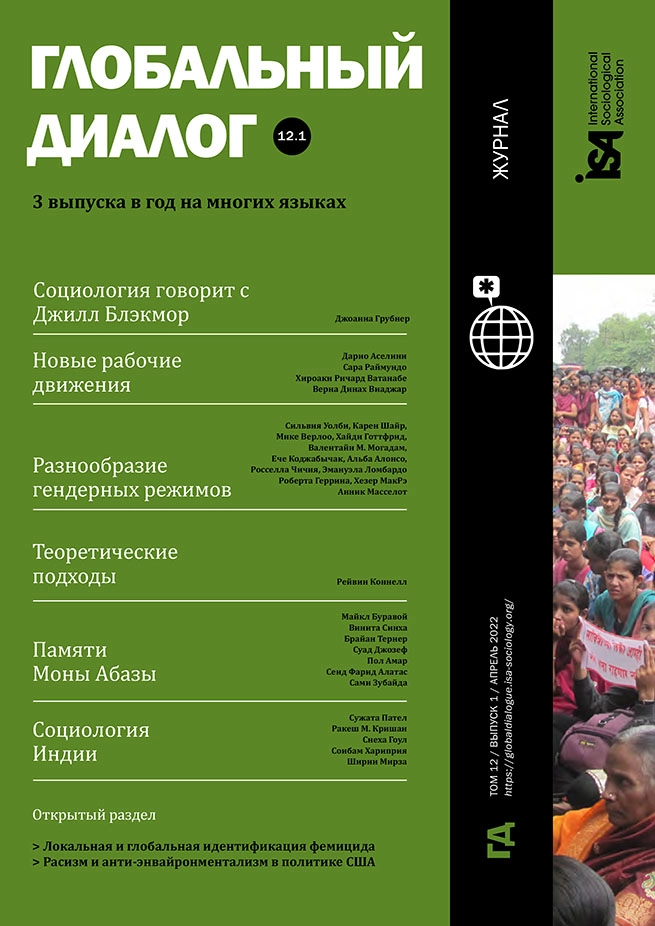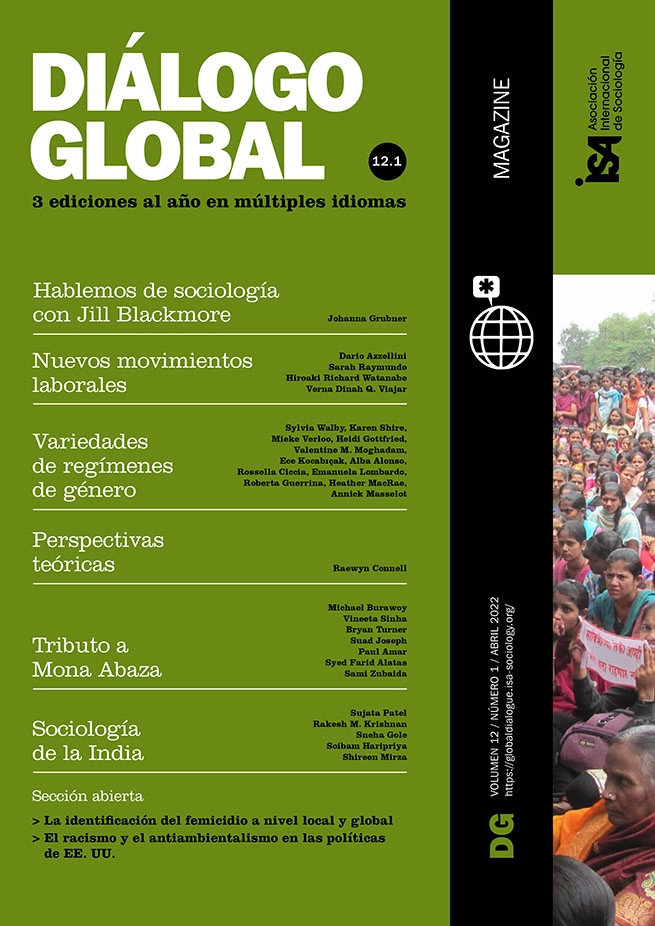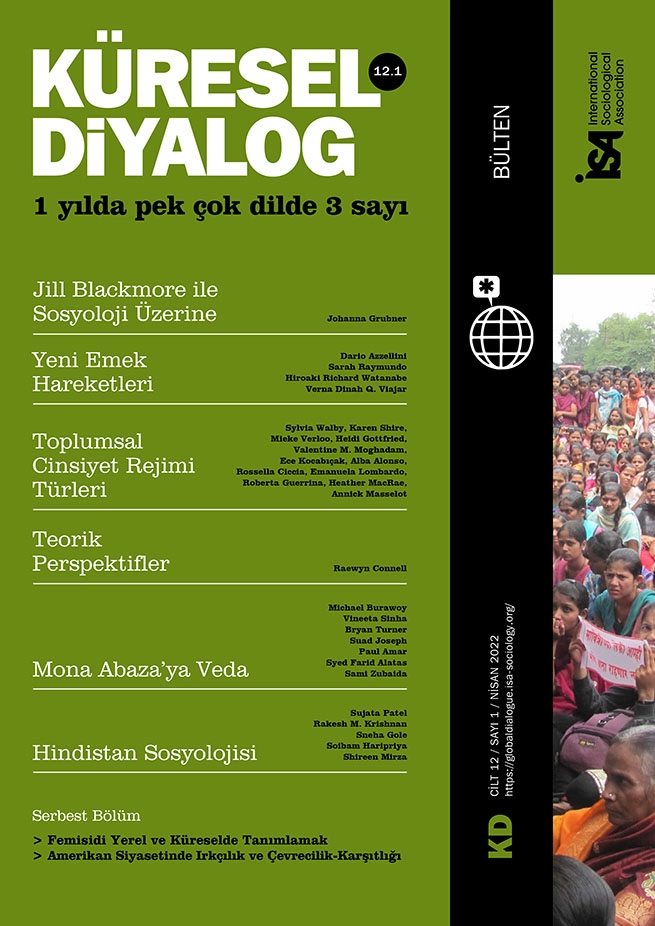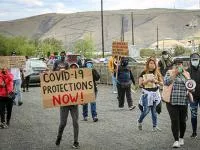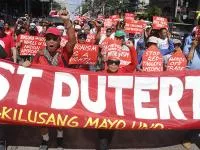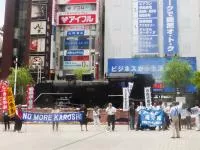Indonesian Workers’ Resistance to Suharto’s Regime
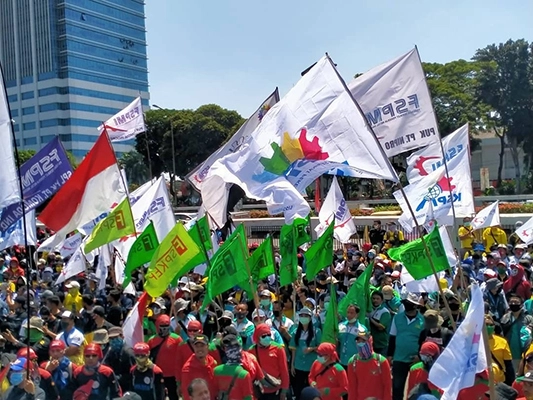
February 25, 2022
As is often said, those who cannot remember the past are doomed to repeat it. History gives us lessons as we grapple with the rise of authoritarianism around the world amidst the crippling crises of neoliberalism and the political-economic inequalities of our time. It may be helpful here to study the trade union movements in Southeast Asian countries that have confronted repression from authoritarian rule during the postcolonial and Cold War period. One such example is the Indonesian labor movement. The Indonesian labor movement was forged in the anti-colonial movement against the Dutch, persecuted during Suharto’s authoritarian regime, and then emerged resurgent in the democratization process in the post-Suharto period. Even though weak, the labor movement during Suharto’s repressive regime rose to the challenge of contributing to the regime change and democratization process. This article argues that trade unions and other labor-based movements in Indonesia, formed in defense of workers’ interests, represented key elements in the struggle for democratization against the Suharto authoritarian regime. Understanding the role of organized labor in the movement towards democratic reforms and regime change in Indonesia may provide insights into how social forces emerge and consolidate resistance against authoritarian practices within and beyond Indonesia.
The early labor movement
Trade unions were allowed to exist and blossom under the Dutch colonial government in Indonesia since 1894. The trade union movement increased to more than 100,000 workers and developed into a militant, left-wing, and pro-independence movement in the 1940s. Sukarno, the first president after independence (in power from 1945 to 1967) was considered a socialist revolutionary, and inherited a radically politicized labor movement, a strong communist party (Partai Komunis Indonesia or PKI), and an increasingly right-wing military organization from which Suharto came. As a result, during Sukarno’s government, the left-leaning trade unions were caught in the political conflict between the Indonesian communist party and the right-wing military. To counter the communist influence under the Sukarno government, Suharto seized power in a coup d’état in 1968.
Termed as among the bloodiest exterminations of the communist movement in the region, Suharto’s New Order regime was founded on the killing of an estimated 500,000 and the arrest of more than a million, identified as members of or sympathetic to the PKI. Caught during the implosion of the political conflict, the militant and left-wing trade unions were also wiped out by the military to ensure the stability of the Suharto authoritarian regime. A repressed and state-sanctioned labor movement emerged from the ashes of one of the bloodiest coups in Southeast Asia. This repression and control of the trade union movement became the prerequisite to establishing Suharto’s authoritarian rule (1968-1998) in the largest Islamic country in the world.
Labor repression and state-sanctioned Pancasila[1] industrial relations
For more than two decades, Indonesian organized labor remained within the control of the Suharto authoritarian regime, justified under the Pancasila Labor Relations. Later renamed as Pancasila Industrial Relations, this framework extoled the Indonesian-based culture of seeking harmony within a community, such that class conflict between workers and capitalists was considered un-Indonesian and as acting against the tenets of Pancasila. Application of such a framework identified any form of labor protest, especially labor strikes, as violating the principles of Pancasila and instigating disharmony.
industrial relations supported Suharto’s economic strategy of lifting Indonesia out of the list of poorest countries in the Southeast Asian region. Suharto’s New Order jumpstarted Indonesia’s industrialization through an import-substitution strategy in the 1970s supported by revenues from oil; it shifted to an export-oriented growth strategy in the 1980s after the oil crisis in the late 1970s. The strategy resulted in rapid economic growth from the 1980s until the Asian financial crisis in 1997. A docile trade union movement in a low-wage labor market regime was needed for this growth. However, the rapid industrialization gave birth to new social forces, to industrial workers who demanded more freedom to organize, collectively bargain, and resist violence against trade unionists. Labor violence and exploitative working conditions under the export-oriented industrialization strategy produced a new industrial working class dissatisfied with the inactive and state-controlled labor organization. Independent trade unions began organizing in the early 1990s, with wildcat strikes heralding the shift towards a competitive labor movement.
The series of labor strikes and protests in 1994 contributed to the tumultuous anti-authoritarian reformasi movement that culminated in Suharto’s ouster during the Asian financial crisis. Even though organized labor and the reformasi movement did not arrive at a formal collaboration, Indonesian workers and unions provided input, even if indirectly, to the democratization movement that brought about regime change. Trade unions or organized labor, and other labor-based/workers’ movements formed in defense of workers’ interests, are all part of the Indonesian labor movement. This labor movement was strengthened when linked with the broader democratization movements against Suharto’s authoritarian regime.
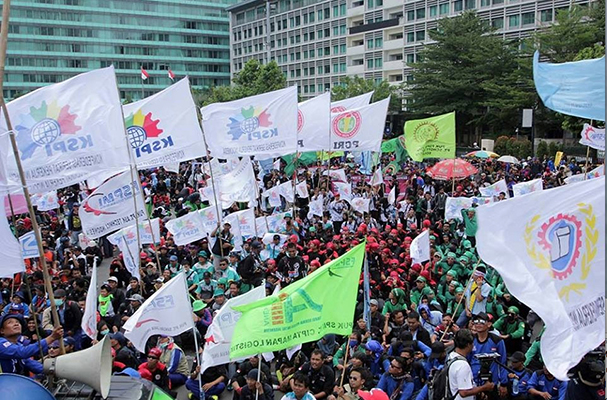
Conclusion
The Indonesian labor movement has undergone and evolved into distinct faces and phases influenced by changes in political and economic contexts. Trade unions were weakened in Suharto’s repressive labor regime but contributed to regime change when workers demanded democratic rights such as freedom of association, rights that can only flourish in a democratic environment. Changes in production relations gave birth to new social forces, such as the industrial working class, urban professionals, and worker-based interest groups that formed part of the broader democratization movement. Workers’ and student movements formed part of the backbone of the anti-Suharto movement after the shocking 1997 Asian financial crisis. Indonesia witnessed the most dramatic collapse of a government and ouster of an authoritarian leader when Suharto was forced to resign in 1998, as military tanks surrounded his residence in the middle of the night. The fall of Suharto’s New Order government, propped up by a nationalist Pancasila ideology, signaled the beginning of a new era of politics for Indonesia.
[1] Pancasila is a political framework initially forwarded by colonial independence leader, Sukarno, to unify the country. It is founded on the principles of humanitarianism, democracy and social justice. Suharto appropriated this popular political idea to gain legitimacy.
This work was made possible through a postdoctoral fellowship at the International Research Group on Authoritarianism and Counter-Strategies (IRGAC) of the Rosa Luxemburg Stiftung-Berlin. Ms. Viajar is currently based at the School of Labor and Industrial Relations, University of the Philippines Diliman (UP SOLAIR) as Visiting Research Fellow.
Verna Dinah Q. Viajar, University of the Philippines Diliman, Philippines, <vqviajar@up.edu.ph>


